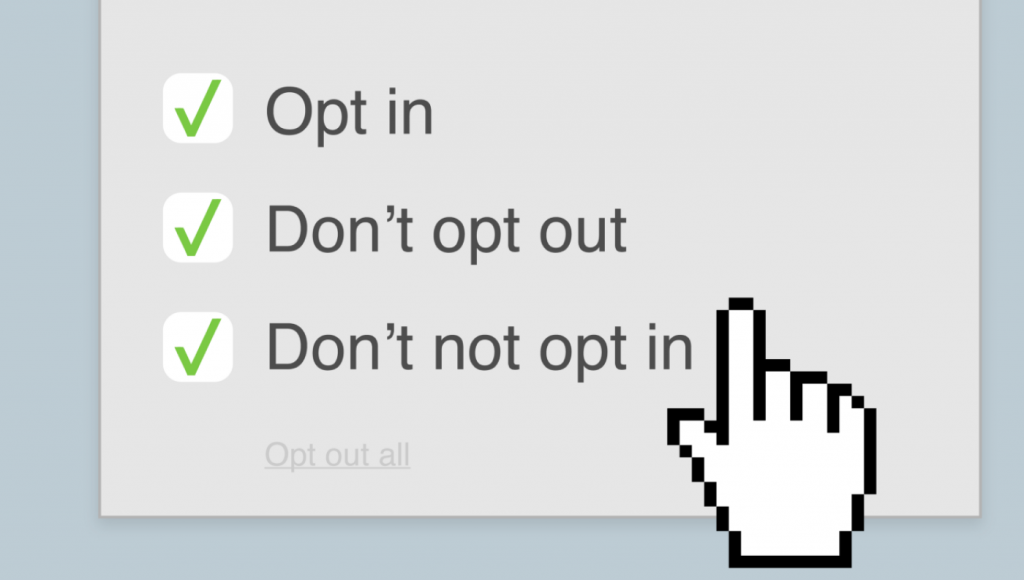
So what is your preferred way to design? Simple, Minimal or Something else? Let’s discuss 😀


What is Dark Pattern?
A technique that is not ethical and is majorly misleading users into taking decisions that work in favour of businesses. Which would mean higher conversion rates, higher signup rates for next round of funding, monitoring your data or activities on phone, etc.
Why is it bad for people who are end-users?
This pattern of forced decisions or masked permissions by businesses violates the digital rights of the people. Moreover, in the long term, it starts developing anxiety among people to use their own phone, because most of the time they aren’t aware of what is happening in their phone.
As a personal observation in India, I have seen many emergent users are easily targeted with dark patterns. One of which I have seen very frequently is of permissions to access location and Add to home page popups, without an option to say no.
What can Designer and Product managers do with Business Owners?
A product manager and designer should take a stance of their own first and start practising the ethical design. Ethical design can be practised by following the ethical compliant documents, one of which is GDPR. Especially in an economy where there are emergent users it becomes the responsibility of designers to protect the right of the end-user and advocate of them.
While crafting a product it becomes the responsibility of designers and product manager to educate all the stakeholders about the ethics part of it. At the inception of the product when a vision is formed around ethics, it gives existing and later onboarded stakeholders to align and not disturb the ethical part of the product while trying to make it a success.
What can users do?
As a user of any software try to educate yourself about dark patterns and how they look.
One of the best ways to look up dark patterns is to visit https://www.darkpatterns.org/
Call out the dark patterns!
As and when you find a dark pattern, post about them for awareness to the companies asking why they are doing it via email, twitter etc. As user one can also look up to Hall of Shame on https://www.darkpatterns.org/
References & Further Reading:
13 examples of dark patterns in ecommerce checkouts
https://uxdesign.cc/dark-patterns-in-ux-design-7009a83b233c
January 29, 2022 | 3 min read
March 15, 2022 | 3 min read
December 12, 2022 | 3 min read











